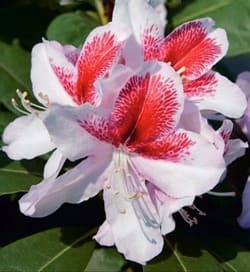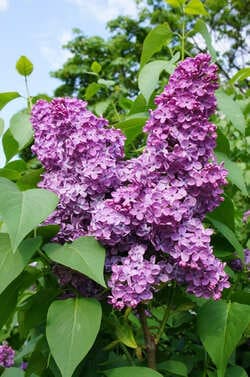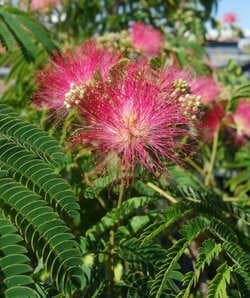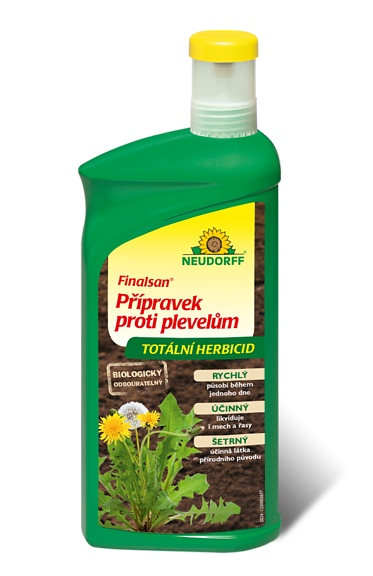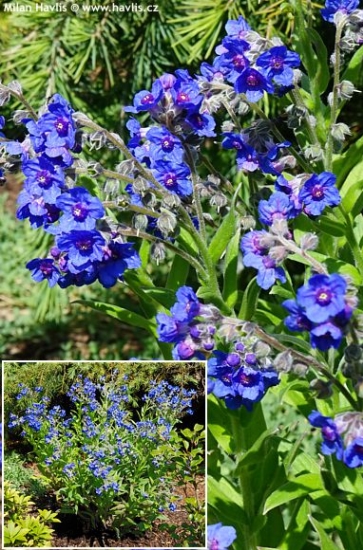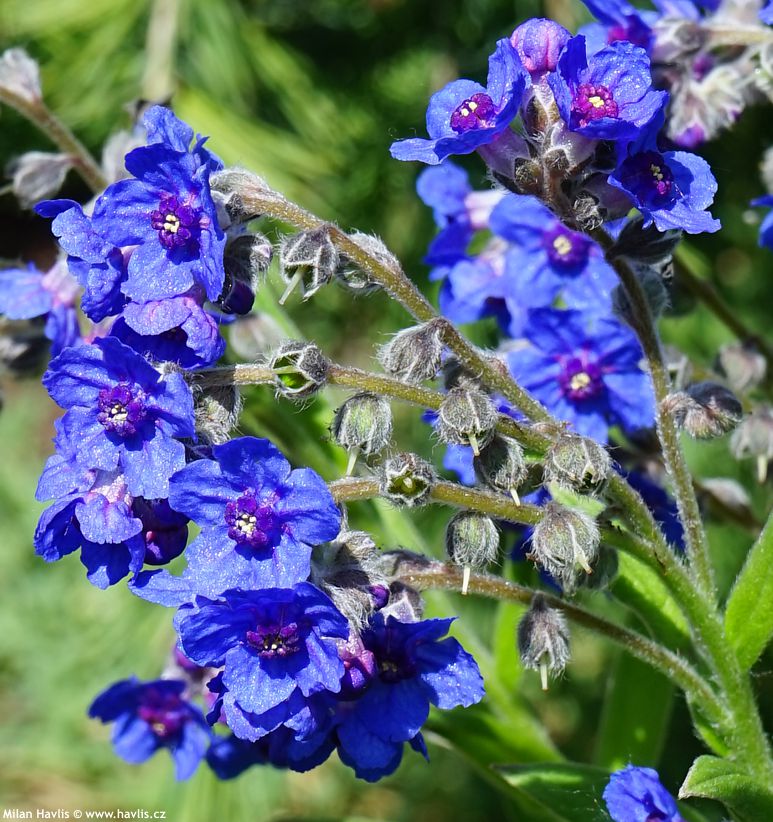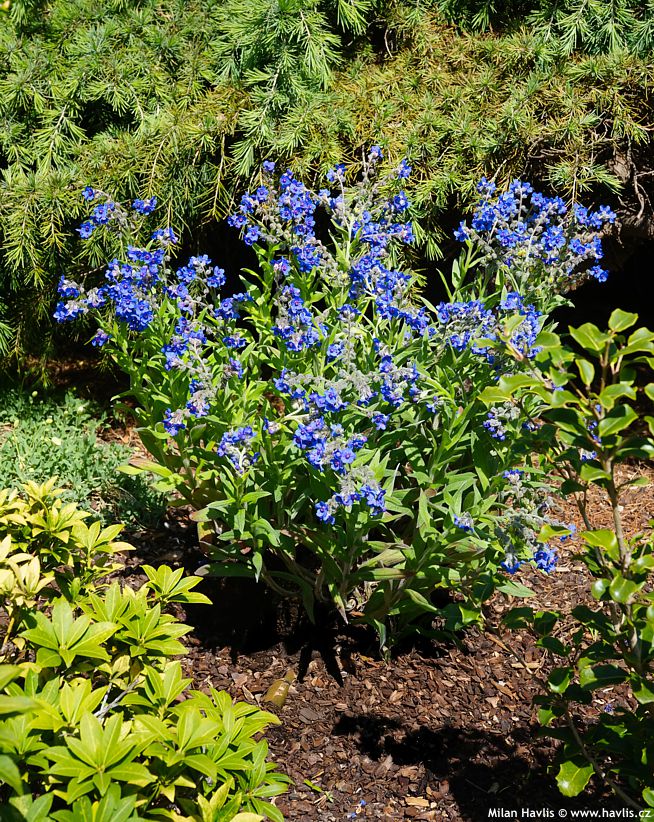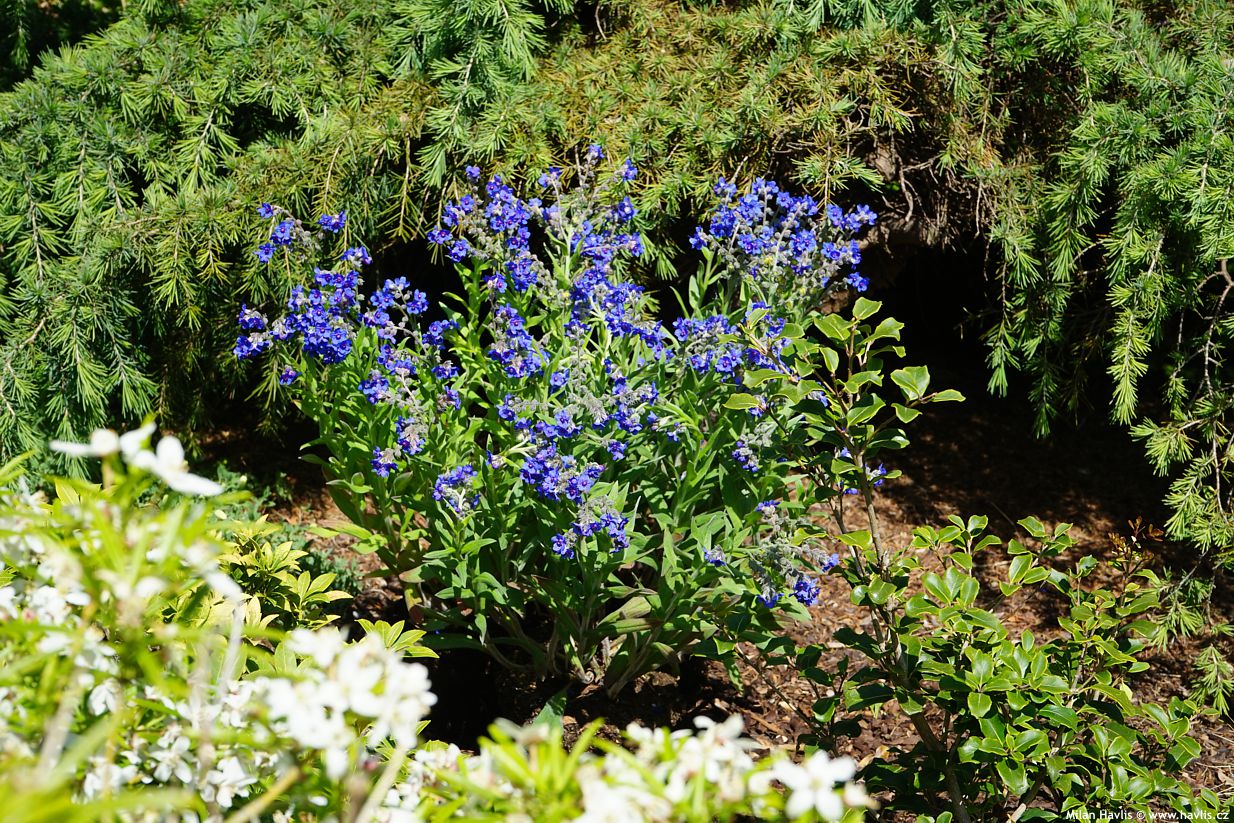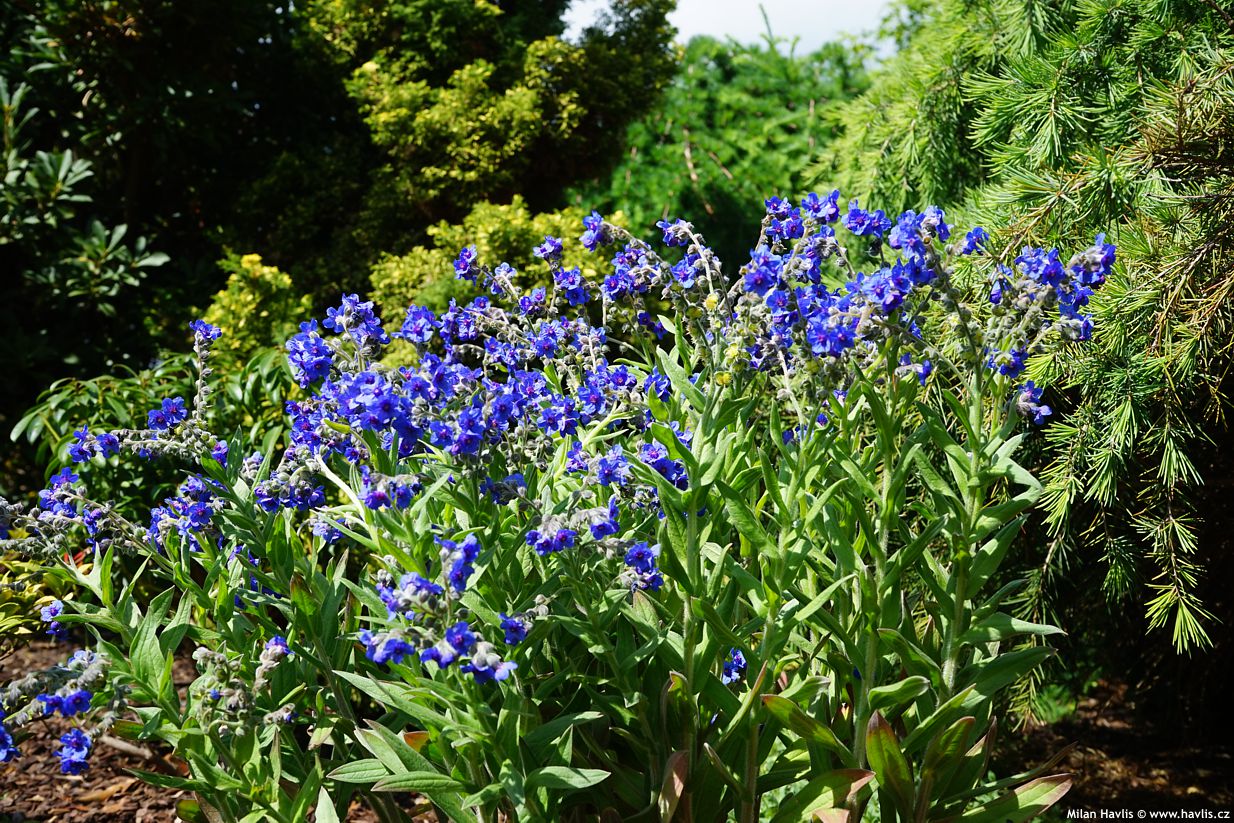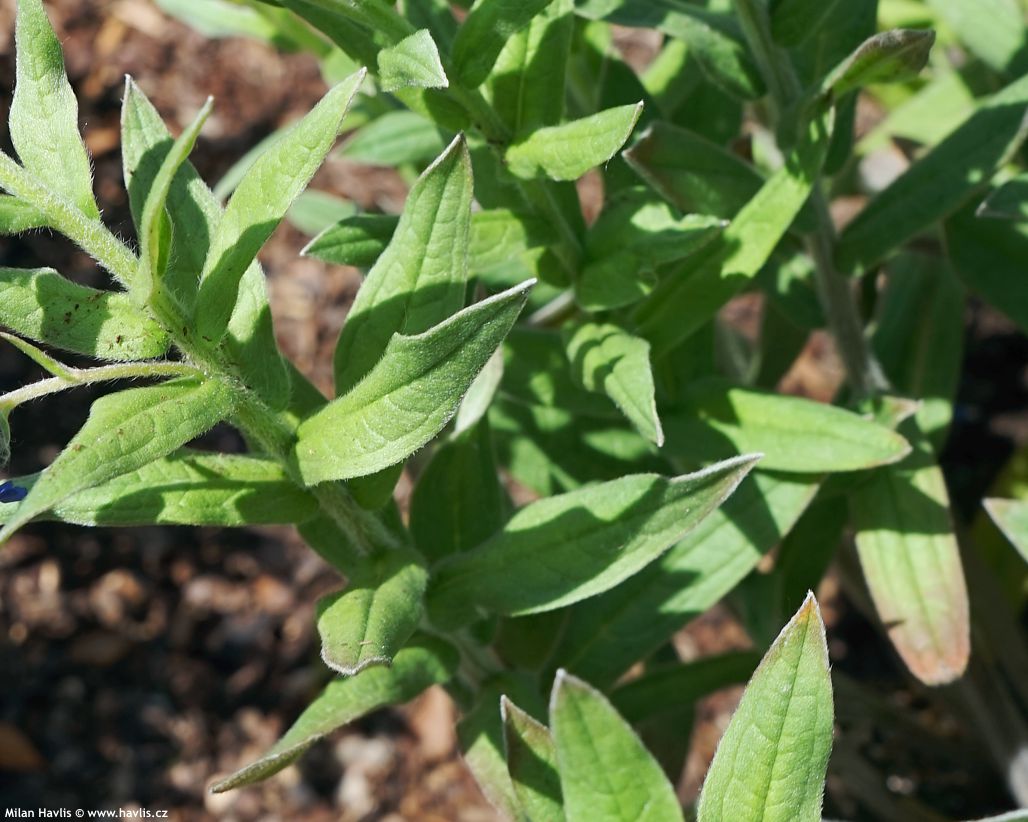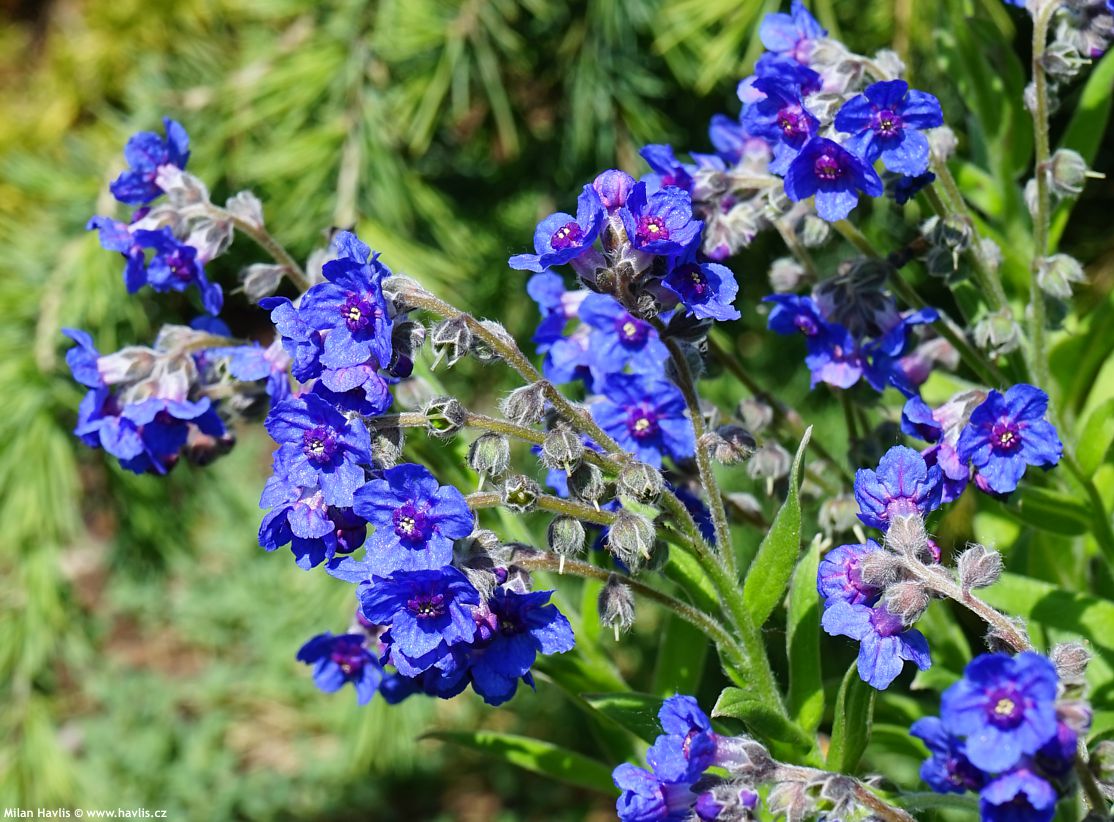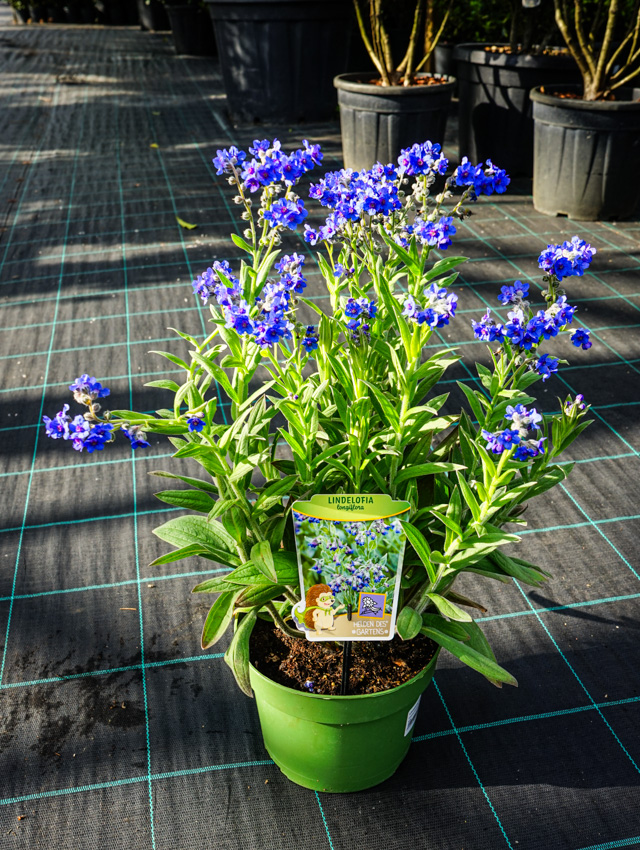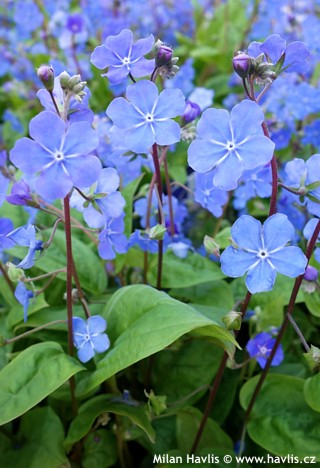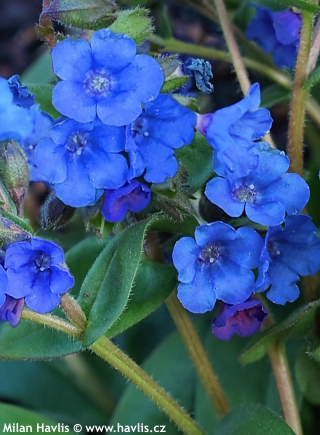Lindelofia longiflora long-flowered lindelofia
Lindelofia
Lindelofia is an Asian taxon from the Boraginaceae family, found in only a few species (around 10) ranging from Afghanistan to Nepal and the Western Himalayas. In Europe, it is a rare and scarcely cultivated plant. It does not have a common name, but it was previously classified under the genus Cynoglossum (hound’s tongue) or even Omphalodes (navelwort), although this is considered botanically incorrect. However, you may still encounter such classifications.
There is a common belief that Lindelofia longiflora is a synonym for Cynoglossum nervosum, known in English as Himalayan hound’s tongue. However, closer analysis and distribution records suggest differences. Cynoglossum nervosum has wider leaves with more pronounced veins and shorter inflorescences. It is found in China, whereas Lindelofia longiflora originates from northern Pakistan to Nepal. Lindelofia’s leaves are significantly softer to the touch due to fine hairs.
Lindelofia longiflora is a beautiful and distinctive perennial from subalpine to subarctic regions, yet ironically, it is not a rock garden plant. It bears long inflorescences called scorpioid cymes, similar to those found in forget-me-not or lungwort. Lindelofia’s flowers truly resemble a blend of both. Each flower has five almost rounded petals, a deep, prominent calyx, and initially appears slightly bell-shaped, like lungwort. Later, they open flat, resembling forget-me-nots. The flowers are tiny, barely 1 cm across, yet dazzlingly colored like a stormy blue sky, with a purple center. They are nectar-rich, attracting bees that adore them. Flowering lasts a long time, typically starting in late May and continuing through July, either continuously or in two flushes.
The leaves are narrowly lanceolate, vivid green, but slightly hairy, which gives them a silver sheen. They are deciduous. The stems are soft and fleshy, also covered in fine hairs thus appearing silvery, and they may be slightly crooked. Lindelofia looks stunning in bark-mulched garden beds, among dwarf conifers, or alongside delicately flowering perennials in pastel colors, such as Saponaria or Iberis. For contrast, pairing it with shade-loving broad-leaf perennials like Brunnera or Heuchera in muted tones creates an eye-catching composition.
Lindelofia grows in places with intense sunlight during the day but cooler nights, allowing it to absorb moisture from the soil, even if water is scarce. Still, unlike dry alpine zones, Lindelofia grows where low trees and dwarf pines create dappled shade which creates an ideal environment protecting it from all-day direct sunlight. It needs well-drained yet moist, humus-rich soil, so occasional fertilizing is recommended.
Before winter, the plant’s above-ground parts disappear completely, making it seem as though it has perished, but it is only dormant and will emerge again in spring. Lindelofia withstands temperatures as low as -30°C (USDA zone 5) and according to some Canadian sources, possibly even -34 °C, though this has not been verified.
Last update 04-06-2025
Goods are shipped all over Europe. For Russia and U.K. and for further details please read about SHIPPING OPTIONS HERE.
Are you interested in a serious discount for orders NOV-FEB? Check your options here.
THE PRICES INCLUDE VAT of 15%. For quick conversion you can use 1 CZK = approx. 0.04 EUR
- STANDARD QUALITY - Plants of this group are 1st class quality with number of branches and overall density adequate to their size and age, considering they were container grown.
- DE LUXE QUALITY - This label guarantees a luxurious quality of manually selected plants that, compared to their height and age, are exceptionally dense and beautiful.
- EXTRA - These plants are usually mature and bigger specimens with exceptional overall appearance.
- STANDARD (as described in the plant form) means a tree with a trunk of 190-210 cm and a crown at the top, unless specified differently. The commercial size for trees is their girth measured in the height of 1m from ground.
- HOBBY - These plants are of the same quality as our standard-quality plants but younger and therefore cheaper.
- SHRUB - a woody plant with branches growing bushy from the ground level.
- HALF-STANDARD or MINI-STANDARD - a small tree with shorter trunk, its size is usually specified.
- FEATHERED - These are trees with branches growing already from the base of the trunk and up along the stem.
- GRASSES and PERENNIALS - Sizes given usually read the diameter of the pot or the clump, as specified.












